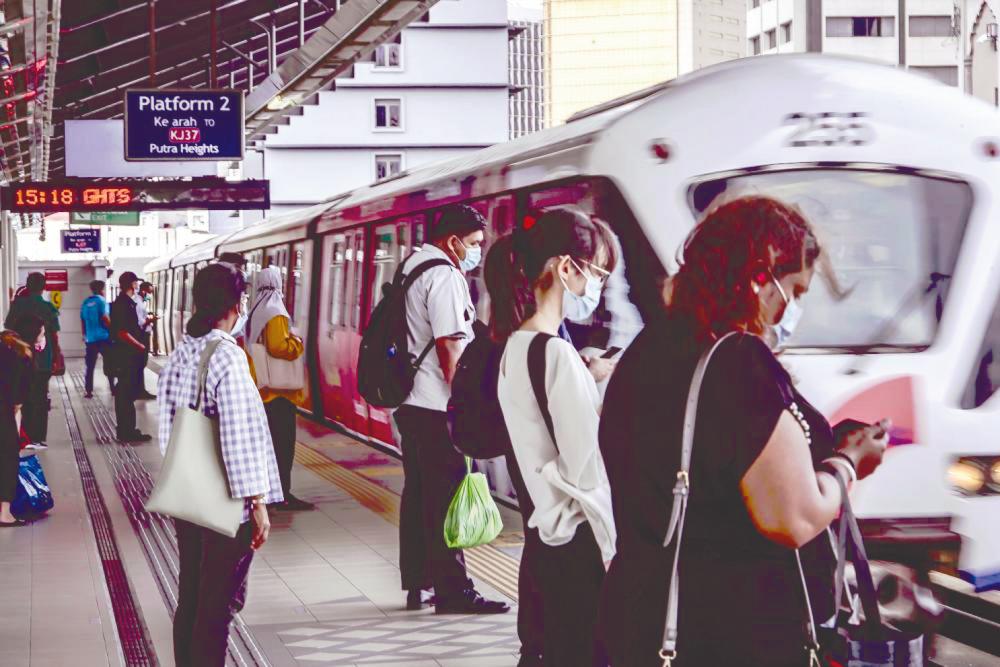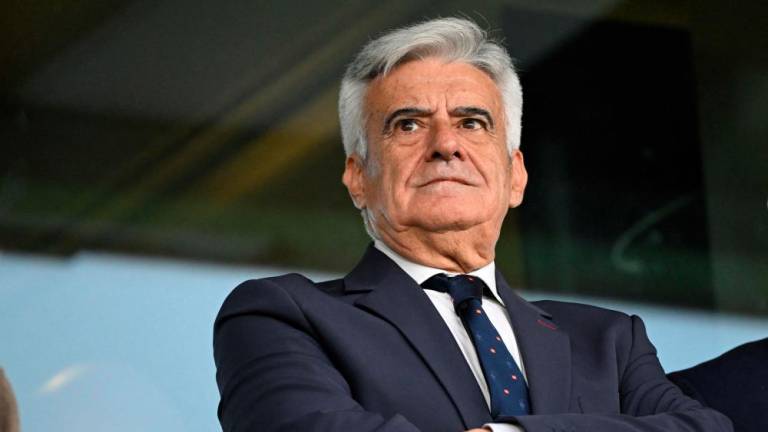TRANSPORT has been one of the high-energy utilisation sectors since 2008. Based on National Energy Balance 2019, 38% of final energy demand for Malaysia is used by the transport sector, which is 25,004 kilotonne oil equivalent (ktoe). Improving efficiency and increasing public transport usage will reduce energy consumption and emission.
Based on the Association of Water and Energy Research Malaysia’s (Awer) National Energy Security Study (a survey conducted using Department of Statistics methodology), we found interesting facts on public transport.
When we asked what is the main public transport problem in their area, 41.18% of Malaysian opined that public transport is always full during peak hours. Another 36.16% opined that public transport does not follow schedule and 14.54% opined that the public transport service is far away from their housing areas. Another 7.92% complained that there is no public transport system in their area.
When asked if they will be taking public transport more frequently if services are improved and more efficient, 52.78% of them responded that they will do so. Thus, transport-oriented development with first-mile and last -mile connectivity is vital to make public transport a preferred mode of commuting.
Private vehicle ownership must not be used as a direct measurement for reluctance to shift to public transport. Seamless connection for a user to move from a location to another and time taken to reach to their destination plays a major role. If taking public transport takes more time compared to driving, naturally people will make the choice that is convenient for them. While electrifying public transport is a good move, Awer would like to urge the government to ensure the technology used is durable, efficient (in energy use) and sustainable.
As for optimising fuel consumption, the government should introduce “mandatory” energy efficiency labelling for vehicles. Awer would like to add a word of caution on the proposed voluntary energy-efficiency labelling for vehicles which is driven by industry in the 12th Malaysia Plan. Prior to 2014, five-star energy-efficiency labelling was left as a voluntary attempt for electrical products. It was not successful and many non-energy-efficient products were still sold as businesses are not keen on such a move and our market was a dumping ground for unsold obsolete products that were banned by legislation in other countries.
Due to continuous pressure from Awer, the Energy Commission implemented the suggestion on mandatory five-star labelling and Minimum Energy Performance Standard (MEPS) beginning 2014. This was a more successful implementation and in the 11th Malaysia Plan more electrical products were added to the labelling scheme as per Awer’s suggestion. Thus, the government should drive this transition plan with a mandatory labelling scheme that uses a MEPS approach for energy-efficient vehicles. This will allow immediate savings on fuel consumption and drive sustainable approach for transportation sector rapidly.
Electrifying public transport should go through proper life-cycle analysis to determine sustainable transition technology for greener mobility. Awer has reminded the government regarding the lopsided “carbon emission” parameters that overlook other environmental parameters. The increase of coal mix as well as implementation of the Green Electricity Tariff eventually push ordinary consumers to use high carbon footprint electricity.
Real sustainable development is possible only when we take into consideration all environmental parameters when we develop products and utilise the “cradle-to-cradle” approach.
“Strive not to be a success, but rather to be of value.” – Albert Einstein
This article is contributed by Piarapakaran S, president of Awer.










